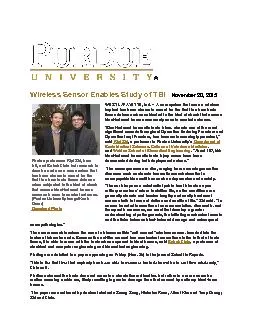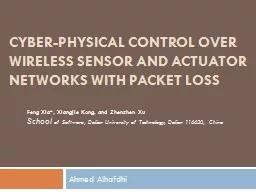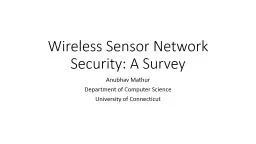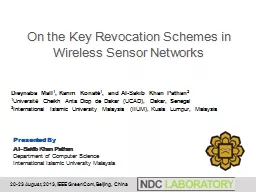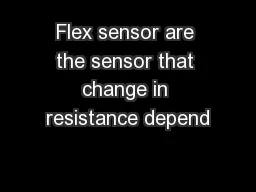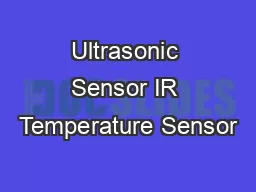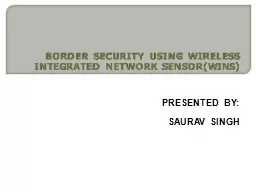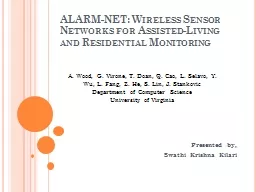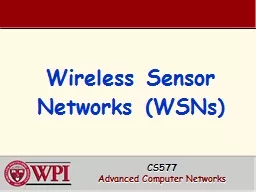PDF-Wireless Sensor Enables S
Author : teresa | Published Date : 2021-06-07
tudy of TBI November 20 2015 WEST LAFAYETTE Ind A new system that uses a wireless implant has been shown to record for the first time how brain tissue deforms when
Presentation Embed Code
Download Presentation
Download Presentation The PPT/PDF document "Wireless Sensor Enables S" is the property of its rightful owner. Permission is granted to download and print the materials on this website for personal, non-commercial use only, and to display it on your personal computer provided you do not modify the materials and that you retain all copyright notices contained in the materials. By downloading content from our website, you accept the terms of this agreement.
Wireless Sensor Enables S: Transcript
Download Rules Of Document
"Wireless Sensor Enables S"The content belongs to its owner. You may download and print it for personal use, without modification, and keep all copyright notices. By downloading, you agree to these terms.
Related Documents

